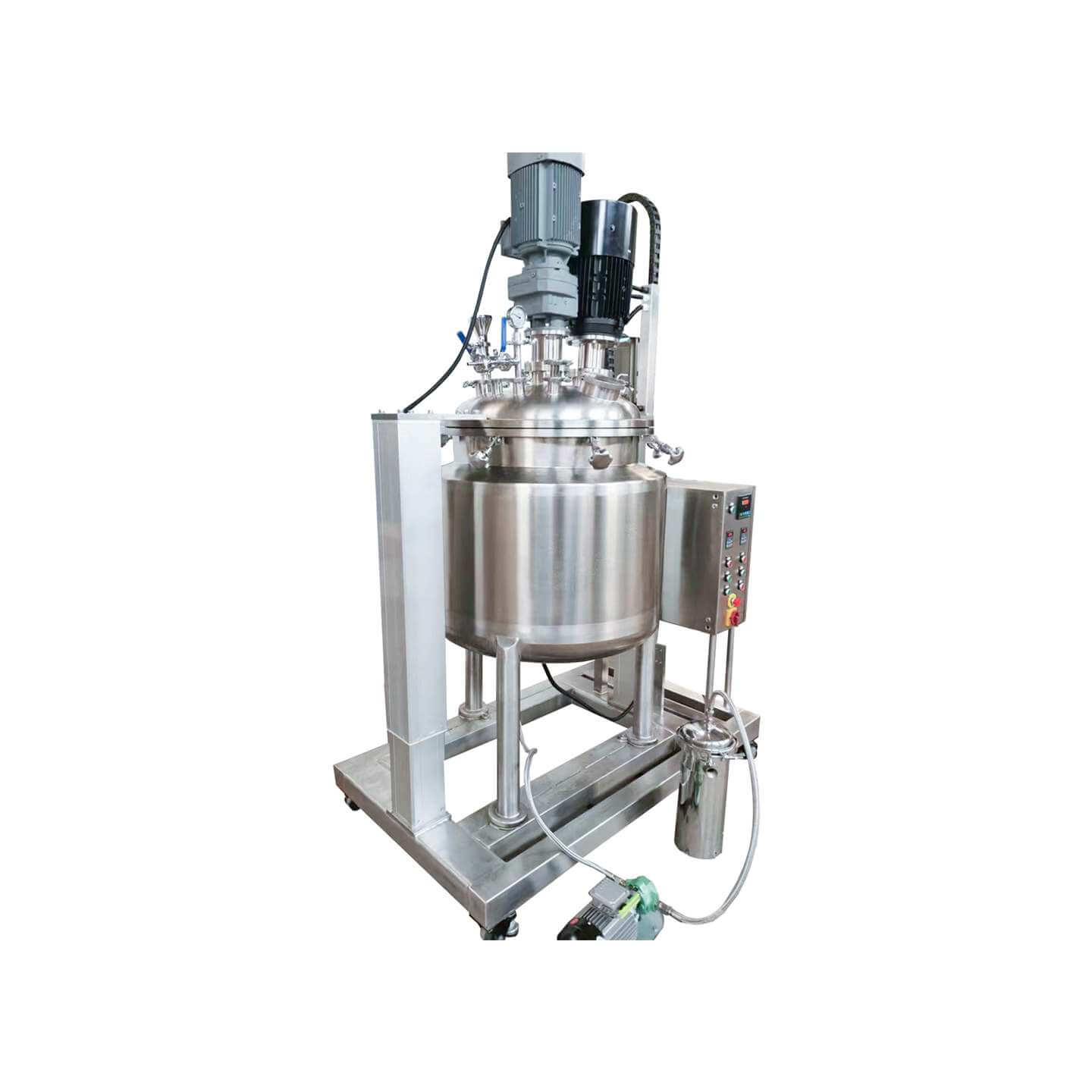

Laboratory Reactor
Laboratory reactor: used in the chemical industry, pesticide, paint, and other fields
Material
glass, stainless steel (316, 304), carbon steel, others
Capacity (L)
10-10000+
Mixing system
anchor, paddle, frame and others
Heating system
electric heating, oil heating and others
The laboratory reactor is small in size, beautiful in appearance, light, and fast in installation. It is composed of a pot body, pot cover, stirrer, jacket, support and transmission device, shaft sealing device, etc. The type of stirring device, rotation speed, sealing structure, heating method, etc. are produced.
Request a quoteLaboratory reactors are mainly used to complete the mixing, heating, stirring, cooling, evaporation, etc. of chemical materials and physical materials. Laboratory reactor has played an important role in promoting the development of the petroleum, chemical industry, medicine, chemical industry, pesticides, and other fields.
Due to the different production processes and operating conditions of laboratory reactors, their manufacturing structures are also divided into three categories: open flat cover reactors, open butt welding flange reactors, and closed reactors. The diverse specifications of laboratory reactors not only meet the needs of users but also put forward higher requirements for the safe use of laboratory reactors.

Specifications for use of laboratory reactors
1.When using it, you should strictly follow the working pressure and working temperature specified on the product nameplate to avoid danger;
2.When using all valves, the valve stem (needle) should be rotated slowly and the valve cover should be pressed tightly to achieve a sealing effect. It is not easy to use excessive force when closing to avoid damaging the sealing surface;
3.Do a good job in the maintenance and upkeep of the equipment, and strictly abide by the regulations on cooling and oil filling in the product instruction manual;
4.Electrical control instruments should be equipped with overload protection facilities as required and should be operated by dedicated personnel;
5.Laboratory reactor operators and maintenance personnel should take off watches, rings, and other hard objects during operation or maintenance to avoid damaging the accessories. In particular, if a diamond ring touches the glass accessories slightly, it will cause fatal damage.
For laboratory reactors, small reactors such as laboratory reactors have become essential equipment in modern laboratories. They are mainly used by chemical production companies to conduct certain experiments in the early stage of production or for research in colleges universities and scientific research institutes. Serve. General containers also need to be cleaned regularly, not to mention laboratory reactors. Due to the scientific importance of laboratory reactors, their cleaning methods are more attractive than general containers. In order to avoid problems such as reduced production efficiency, reduced service life, and serious injuries to operators, laboratory reactors must be cleaned regularly. Commonly used methods for cleaning the inside and outside of long-term laboratory reactors include manual cleaning, chemical cleaning, and mechanical cleaning.
Manual cleaning consumes a lot of physical energy, and before cleaning, the laboratory reactor needs to be ventilated for dozens of hours in advance to allow people to enter. Therefore, manual cleaning is time-consuming and expensive, may not always be possible, and also involves many risks. Today, manual cleaning is becoming less and less common.
Chemical cleaning of laboratory reactors
Chemical cleaning requires sampling and analyzing the dirt in advance, selecting the corresponding cleaning agent, and then installing a cleaning circulation device outside the laboratory reactor for cleaning. Therefore, chemical cleaning has a better effect, but chemical cleaning can easily corrode the reactor inside the reactor.
Mechanical cleaning of laboratory reactors
Mechanical cleaning is flushing with high-pressure water generated inside the laboratory reactor. Since the high-pressure water cleaning method does not have the corrosive effect and anti-rust effect of chemicals, the high-pressure water can quickly peel off the dirt on the surface of the container and discharge it with the water flow. It is one of the commonly used cleaning methods for laboratory reactors.




